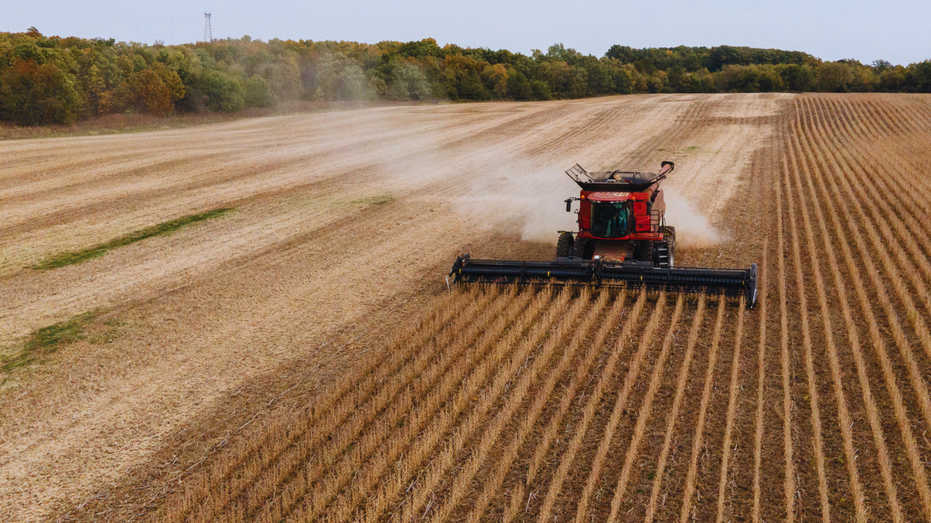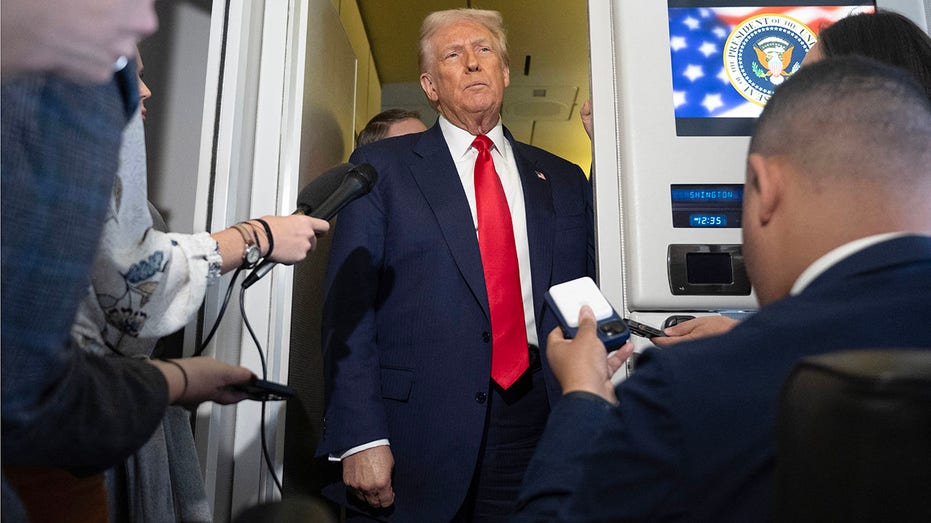The handshake between President Trump and Xi Jinping carried more weight than diplomatic pleasantries – it signaled a potential lifeline for American soybean farmers. For years, these farmers watched a $30 billion market, once reliably theirs, become a casualty of escalating trade tensions.
The soybean, a seemingly humble crop, had become a key bargaining chip. When China retaliated against American tariffs, it abruptly halted soybean imports, a move that sent shockwaves through the American agricultural heartland. Farmers suddenly faced a stark reality: global trade flows could shift with breathtaking speed.
Now, a deal is in place. China has committed to purchasing 12 million metric tons of U.S. soybeans through January, with a further pledge of 25 million tons annually over the next three years. Additional agreements with Southeast Asian nations promise another 19 million tons, though the timeline for those purchases remains undefined.
This reversal marks a significant change for farmers who felt used as pawns in a larger geopolitical game. The impact of China’s boycott was deeply felt, squeezing margins and threatening livelihoods dependent on international trade. The loss of a major customer proved difficult to offset.
Historically, the U.S. was China’s primary soybean supplier, accounting for roughly 28% of exports before the 2018 trade conflict. That number plummeted to 11% in the following years, a painful illustration of the vulnerability of American agriculture. While demand surged during the pandemic, bringing exports back to 31% in 2021, they settled back to 22% in 2024.
However, some experts suggest China’s diversification of soybean sources was already in motion. Long before the recent tariffs, Beijing had begun forging agreements with Brazil and Argentina, seeking to bolster its food security and reduce reliance on the United States. This decoupling, they argue, is a long-term strategy.
For farmers like Brad Arnold in Missouri, the policy debates feel distant and abstract. His family’s livelihood depends on consistent access to international markets, and China’s boycott directly impacted his bottom line. Replacing a customer of that magnitude isn’t a simple task.
Whether this renewed commitment from China represents a genuine shift in trade relations or a temporary measure remains to be seen. Regardless, the situation underscores the undeniable link between diplomacy and the fate of American agriculture, a connection that will continue to shape the future of the nation’s farms.






